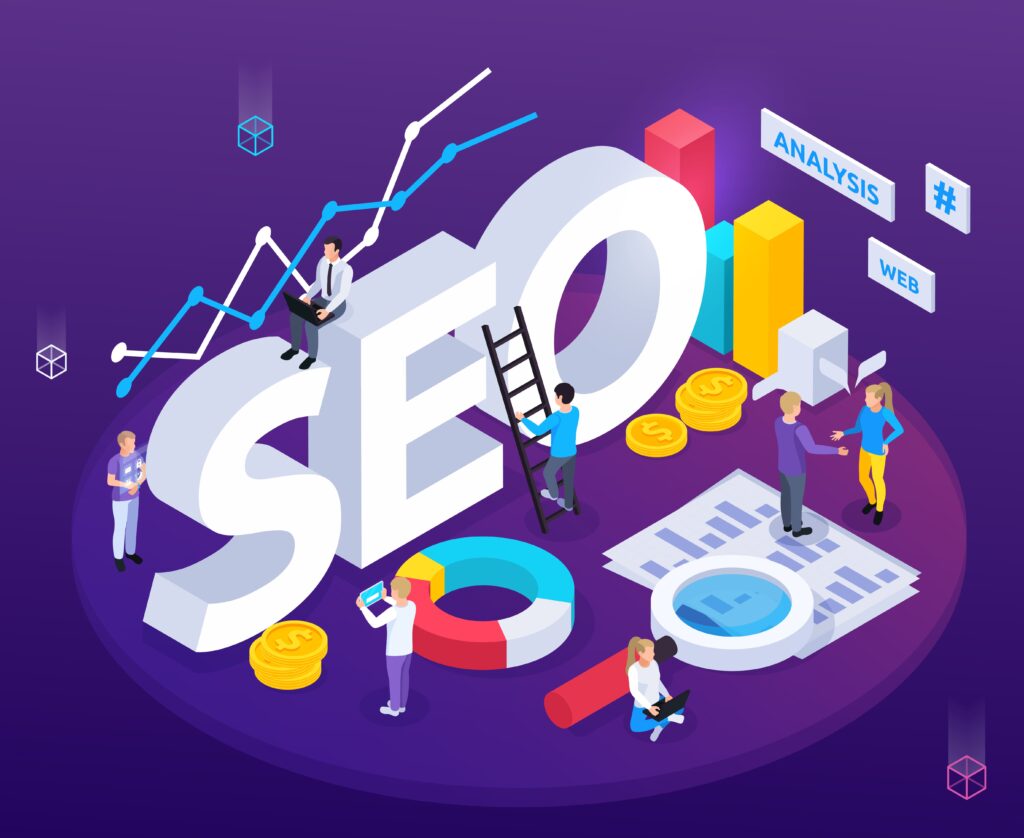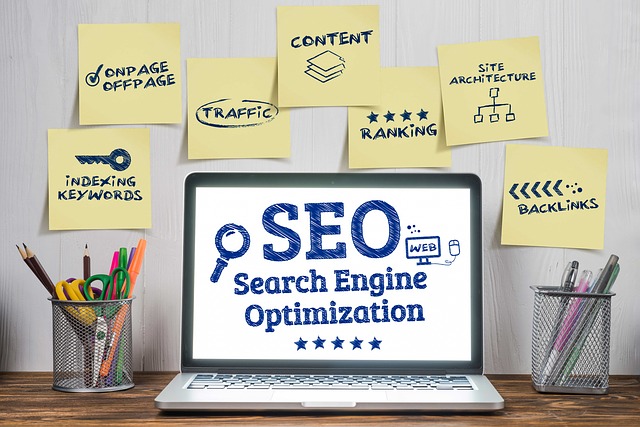
Headless CMS SEO – Becoming SEO Ready for Omnichannel Leads
Quality content is one of the most important aspects of any marketing strategy today. However, as you scale your content marketing efforts, you may need to upgrade your platforms to cater to your growing digital needs. It is especially true if you rely on SEO to drive organic traffic since you need to keep a close eye on elements like your title tags and meta descriptions to maintain top search results.
So this is where a headless content management system (CMS) comes in. This type of architecture separates back-end content functions from front-end functions. As the term “headless” suggests, the system contains only the “body” and not the “head,” allowing you to configure different factors yourself.
As more businesses shift their attention to building more substantial content, many switch to headless CMS architecture due to its flexibility and scalability. Get to know more about how this system works and how it can help you boost your SEO efforts to capture omnichannel leads.
What Is a Headless CMS?
Traditionally, a CMS has a back-end to manage and store content and a front-end to deliver that content to users. Conversely, a headless CMS only contains the back-end component. Thus, developers can build the presentation layer as they see fit, and then utilize an application programming interface (API) to display the content stored on your CMS.
Advantages of Using a Headless CMS
Now that you better understand what a headless CMS is, here are the main advantages of using this system over a traditional one.
Increased Flexibility
One of the main reasons businesses are shifting to headless systems is increased flexibility, since you are not restricted to particular development configurations. For example, you can choose your desired programming language and design the front-end from start to finish. In addition, you can use whatever frameworks and tools you want to present your content.
Aside from this, you can easily integrate a headless CMS into any of your existing systems. Developers are also not restricted to a particular coding structure, which gives them the freedom to build any code for any integration.
Omnichannel Support
Another significant advantage of using a headless CMS is its omnichannel support. The back-end component essentially serves as a central content repository. As a result, you can simply use APIs to pull the content you need and re-optimize it accordingly to fit any channel connected through the Internet of Things (IoT).
Given a headless CMS’s “de-coupling” mechanism, you can deliver a consistent experience across all channels. It is essential now since customers use different channels in the buyer’s journey, and you want to engage with them at every touch-point.
In contrast, a traditional CMS is designed to be single-channel, so you need to create the content and presentation layer from scratch for every new channel. This system ultimately makes providing that seamless omnichannel experience difficult and tedious.
Enhanced Scalability
Since your back-end and front-end components operate independently, you need not worry about downtime if your headless CMS runs into issues. At the same time, a headless CMS can handle large volumes of data effectively, allowing you to scale your content efforts quickly.
It is particularly beneficial for startups or small businesses with limited infrastructure or resources but wants to boost their online presence to become more competitive.
Optimizing a Headless CMS for SEO to Generate Omnichannel Leads
A headless CMS can be a valuable tool to boost your SEO efforts, especially since it gives you more control over your content. You can better monitor and modify critical SEO components like title tags, meta descriptions, and structured data without any hassle.
To help you maximize your omnichannel presence and generate more leads, here are some tips on optimizing a headless CMS for SEO.
● Focusing on Page Loading Times
Your website’s speed is one of the most crucial aspects of the user experience, so you need to make sure your pages load quickly to keep users interested in your content. To do this, look for a headless CMS platform that offers server-side rendering (SSR) to shorten loading times.
● Create Fresh Content Regularly
The golden rule in SEO is to create fresh and high-quality content regularly. If you want to rank highly on results pages, you should constantly refresh your content and tailor it to your audience’s needs and search intent. Ultimately, this is good for your SEO and helps drive more engagement to your website.
● Optimize for Mobile and Voice Search
Now, more than ever, you should build your site to be voice search-friendly as the number of online users for voice searches continues to grow globally. You can already create consistent content across multiple devices with a headless CMS. Thus, the next step will be to optimize your content to answer voice queries.
● Optimize Your Metadata
Optimizing your meta tags—title tags, meta descriptions, and keywords—is essential to increase your online visibility and reach the right users. However, not all headless CMS solutions allow you to edit your metadata, so make sure you find a platform that grants you such access.
● Use Structured Data
Structured data allows search engines to understand your content better, enhancing your pages’ crawlability and boosting your ranks. If you are not too familiar with how it works, you can use Schema.org to find structured data markup schemas for your web pages.
● Use Concise and SEO-Friendly URLs
Make sure all your web pages have concise and SEO-friendly URLs—in other words, short but keyword-rich links. You should also design the URLs to give users a better idea of your content so they know what to expect from clicking the link.
Overall, a headless CMS can do wonders in improving your SEO strategy, which is critical to building a smooth omnichannel experience.
By choosing the right platform and planning correctly, you can achieve tons of benefits, such as complete control of your metadata, flexible site architecture, and faster loading times. These, in turn, translate to more omnichannel leads as your site will show up on more users’ pages.





